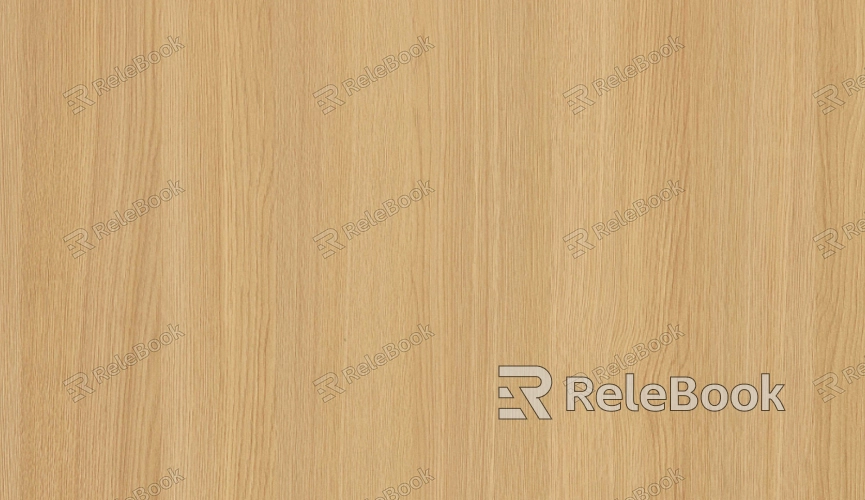How to Draw Wood Plank Texture?
To create a realistic wood plank texture, it's essential to understand both the physical properties of wood and the artistic techniques used to replicate these in various mediums, from drawing to design. This article will delve into the key steps involved in drawing a wood plank texture, offering guidance on methods, tips, and tools to help you master the craft.

Understanding Wood Grain
The first step in drawing wood plank texture is familiarizing yourself with the characteristics of wood. The grain is the pattern that runs through the wood and gives it its unique appearance. Real wood grains are not uniform but rather vary by species and age. Some planks have straight, orderly lines, while others have wavy or irregular patterns. Observing these grains closely will give you a better understanding of how to replicate them accurately in your drawing.
Choosing Your Medium
Your choice of medium—whether it’s pencil, charcoal, or tools—will greatly affect the way you approach drawing a wood plank texture. Pencils and charcoal can be used for realistic shading and details, while software provides flexibility with layers, textures, and brushes. For beginners, traditional media like pencils can offer more tactile control, while advanced artists may prefer the speed and precision of methods.
Preparing Your Surface
The texture of your drawing surface also influences the final result. For traditional methods, using textured paper can help enhance the effect of your wood drawing, as it provides a rougher base that mimics the texture of wood. On the other hand, artists can simulate these surfaces by using appropriate brushes that replicate paper grain or wood textures. Preparing the right surface is a crucial step in ensuring the wood plank effect looks natural.

Sketching the Basic Structure
Start by lightly sketching the outline of your planks. Wood planks often vary in width and length, so it’s important to vary their proportions to make the texture more dynamic. Draw lines that represent the edges of each plank, and ensure they are not too straight or uniform to maintain a natural look. Make sure you also sketch out the knots or imperfections found in real wood, as these details can add authenticity.
Adding Texture Details
Once the basic structure is in place, it’s time to start adding texture details. Focus on creating lines and curves that reflect the natural grain of the wood. Use varied pencil strokes or brushes to create these lines, remembering that the grain can follow irregular patterns. Add darker lines where the grain becomes more defined, and use softer strokes for lighter areas. Pay attention to the varying thickness and direction of these lines, as this will add depth and movement to your texture.
Shading and Depth
Shading is key to making your wood plank texture feel three-dimensional. Begin by identifying the light source in your drawing. For traditional mediums, use soft shading techniques to blend darker and lighter areas. Designers can utilize layers to add shadows and highlights. Be sure to shade along the edges and between planks to create the illusion of depth, making the texture appear more lifelike. Use blending tools or smudge techniques to smooth out harsh lines while leaving some areas rough for contrast.
Incorporating Imperfections
Real wood is rarely perfect. It’s often weathered, scratched, or scarred. To make your wood texture truly believable, add imperfections. Include small dents, cracks, or wear patterns that can be seen across the surface. You can achieve this by erasing small areas to create highlights or by drawing subtle lines to suggest wear. These imperfections will give your texture the ultimate realism, making it more visually interesting.
Coloring and Final Touches
Color plays a significant role in the appearance of wood textures. The color of wood varies greatly depending on the type, age, and environment of the tree. Start by applying a base color of light brown or beige and then layer darker shades like chestnut, walnut, or reddish-brown. Use your medium to create natural gradients and avoid making the wood look too uniform. Lastly, add small accents of white or yellow to simulate highlights or light reflections that naturally occur on wood surfaces.
In conclusion, mastering the technique of drawing wood plank texture requires a combination of understanding natural wood properties, choosing the right tools, and paying close attention to detail. With practice, your wood textures can become more realistic and convincing, whether you're working in traditional. For those looking to further enhance their creative projects, downloading 3D models and textures from the Relebook website can provide even more resources to elevate your work.
FAQ
What tools are best for drawing wood plank texture?
Pencils, charcoal, or software with texture brushes are ideal tools. Pencils give you precision for shading, while tools provide flexibility with layers and effects.
How do I create depth in my wood texture drawing?
Shading is crucial for depth. Focus on creating a light source and use soft transitions between light and dark areas. This will give the planks a more three-dimensional look.
Can I draw a wood texture without using color?
Yes, you can draw a wood texture using only grayscale by focusing on shading and highlighting to create depth and the appearance of the wood grain.
What are the best practices for drawing wood grain?
Observe real wood and replicate the varying thickness, direction, and irregularities of the grain. Keep your lines varied and avoid uniformity.
Is it important to add imperfections to the wood texture?
Yes, imperfections like scratches, knots, and cracks are essential to making the texture look realistic. These details add authenticity and prevent the drawing from looking too perfect.

